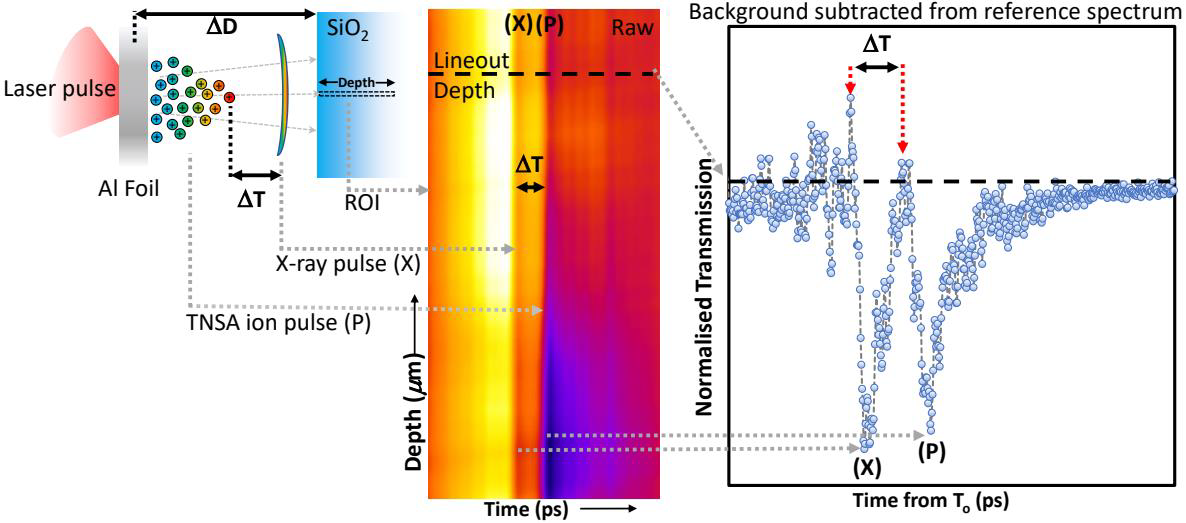Beecroft Building, Department of Physics, University of Oxford, Parks Road, Oxford, OX1 3PU
Professor Brendan Dromey, Centre for Light Matter Interactions, Queen's University Belfast
Abstract
Ionisation dynamics on the nanoscale seed the processes that govern pathways to macroscopic equilibrium in irradiated matter. Therefore, understanding the conditions that underpin this transition is critical in a wide range of applications from healthcare to radiation science. Recently we have demonstrated that laser-driven ion accelerators can provide an ultrafast tool for studying this inherently multiscale regime with temporal resolution < 0.5 ps [1]. Here we discuss how it is possible to interrogate these ultrafast processes in real-time by contrasting how recovery scales with material complexity on the nanoscale for different ionising species. We employ single-shot optical streaking to track the decay time constant, tc, of free carriers in matter irradiated by picosecond-scale (ps, 10-12 s) pulses of X-rays and protons from a single laser-driven accelerator. By exploiting the nanoscopically heterogeneous density of SiO2 aerogels, our results reveal a sharp discontinuity in the scaling of tc with average density (av) for proton and X-rays interactions [2].

Fig 1. Chirped pulse optical streaking in nanostructured SiO2
Next, we demonstrate how this understanding has started to unravel a decades-old problem for high-power laser solid target interactions: realising the theoretically anticipated performance from plasma mirrors. In this section, harmonic generation from relativistic laser plasmas will be introduced and the problems that have inhibited their performance outlined. An overview of the salient results from recent experiments on the Gemini laser will be discussed in the final part of the seminar. These experiments have demonstrated how the toolkit provided by the ‘ultrafast nanodosimetry’ approach outlined above can lead to significant improvements in performance and pave the way for an exciting frontier in strong field science via Coherent Harmonic Focusing [3,4].
References:
[1] B. Dromey, et al., Nat. Comms. 7, 10642 (2016)
[2] J. Kennedy, et al., Phys. Rev. Lett. 133, 13, 135001(2024)
[3] B. Dromey, et al., Nat. Phys. 5, 146–152 (2009)
[4] H. Vincenti, Phys. Rev. Lett. 123, 105001 (2019)
